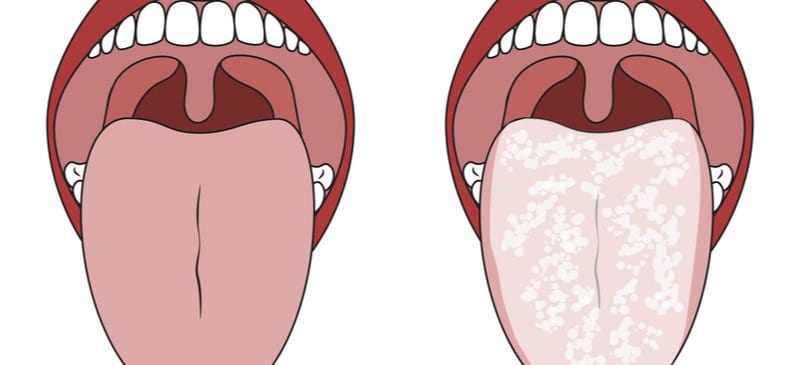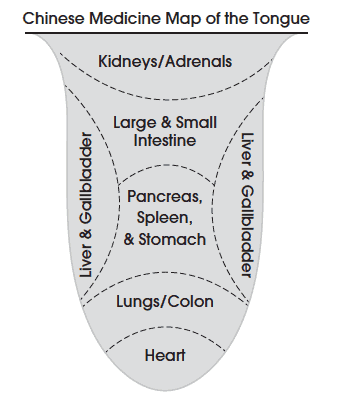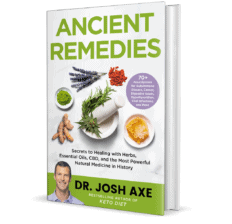This Dr. Axe content is medically reviewed or fact checked to ensure factually accurate information.
With strict editorial sourcing guidelines, we only link to academic research institutions, reputable media sites and, when research is available, medically peer-reviewed studies. Note that the numbers in parentheses (1, 2, etc.) are clickable links to these studies.
The information in our articles is NOT intended to replace a one-on-one relationship with a qualified health care professional and is not intended as medical advice.
This article is based on scientific evidence, written by experts and fact checked by our trained editorial staff. Note that the numbers in parentheses (1, 2, etc.) are clickable links to medically peer-reviewed studies.
Our team includes licensed nutritionists and dietitians, certified health education specialists, as well as certified strength and conditioning specialists, personal trainers and corrective exercise specialists. Our team aims to be not only thorough with its research, but also objective and unbiased.
The information in our articles is NOT intended to replace a one-on-one relationship with a qualified health care professional and is not intended as medical advice.
What Your Tongue Appearance Means for Your Health, According to Chinese Medicine
February 3, 2021

The following is an adapted excerpt from my new book “Ancient Remedies: Secrets to Healing with Herbs, Essential Oils, CBD, and the Most Powerful Natural Medicine in History“ (Little, Brown Spark)
Thousands of years ago, TCM practitioners didn’t have the benefit of modern technology that allows us to peer inside the body. So in order to identify what type of imbalance a patient had, they devised other ingenious strategies, like looking at the tongue, feeling the pulse, and examining the facial complexion.
Based on those diagnostic tools, they would recommend a personalized diet, specific herbs, lifestyle practices, and often perform a treatment, like acupuncture. Here’s a deeper look at the main diagnostic tools of TCM: tongue diagnosis.
Tongue diagnosis is, as it sounds, a way of understanding the root cause of your condition by examining your tongue. So don’t be shocked if a TCM physician asks you to stick out your tongue without saying “Ahhh.”
Just as modern doctors listen to your heart and lungs, Chinese medicine practitioners believe the appearance of the tongue holds important clues to your health. They look at four factors: color, shape, coating, and moisture.

The tongue’s color points to the condition of the blood, qi, yin, yang, fluids, and yin- related organs like the heart, lungs, spleen, liver, and kidneys. Its shape can also provide clues to the health of the blood, qi, yin, yang, and bodily fluids. The coating is related to yang organs, like the small and large intestines, stomach, bladder, and gallbladder, and can give doctors a sense of where the problem lies. And the moisture of the tongue indicates the relative dampness or dryness of the body in general.
What’s more, each area of the tongue is connected to particular organs. The tip relates to the heart. Just behind that is an area linked to the lungs. The center of your tongue corresponds with your spleen and stomach. The area behind the center is linked to the intestines. And behind that, the very back of the tongue is connected to the bladder and uterus. The root of the tongue corresponds to the kidneys. The sides of the top of the tongue are linked to the gallbladder, and the outer edges are linked to the liver.

For instance, if you have blood stagnation, your tongue might have a purplish hue with dark spots. Someone who has too much heat might have a red- tipped tongue with a thin yellow coating in the middle.


 Want to Read More? Grab Your Own Copy of
Want to Read More? Grab Your Own Copy of 